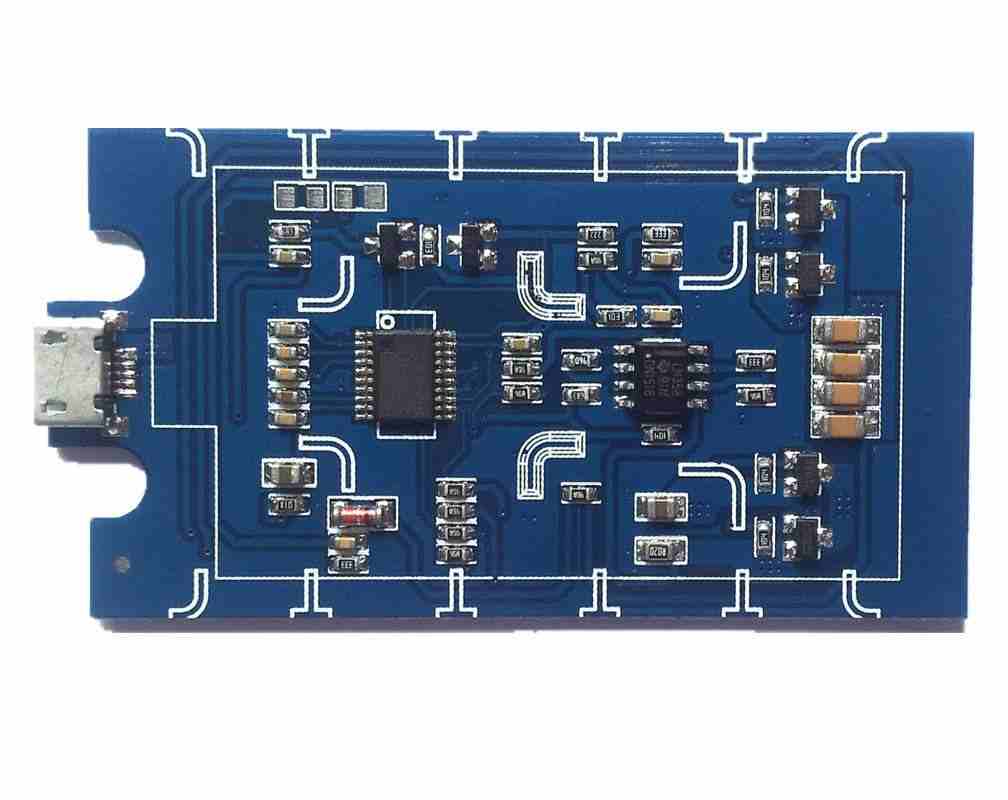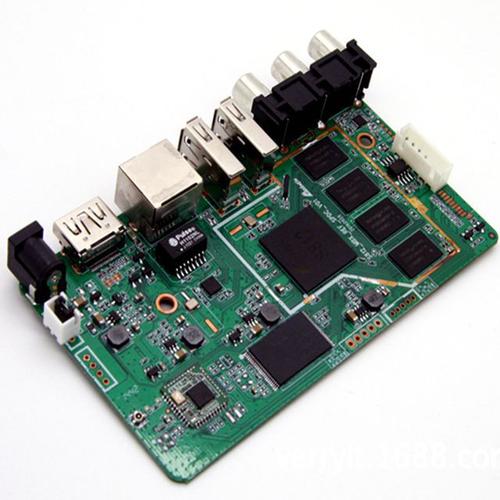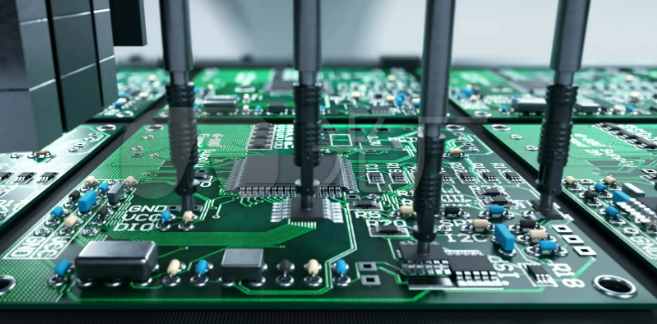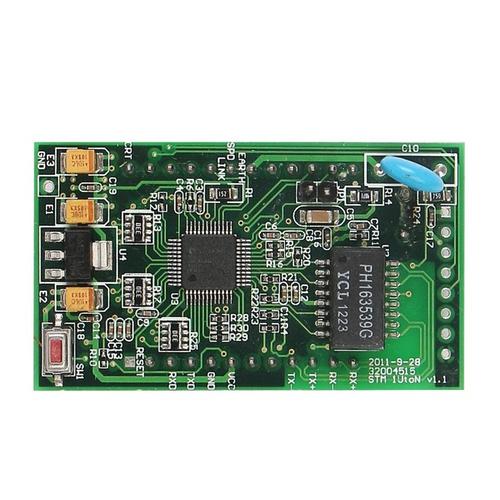
One. Introduction to FPC
FPC: English full spell Flexible Printed Circuit, referred to as soft board.
It is made of conductor circuit graphics by using optical imaging graphics transfer and etching process on a curving substrate surface. The surface and inner layer of double-sided and multi-layer circuit board realize the electrical connection between the inner and outer layers through the metallized holes. The surface of the line graphics is protected and insulated by PI and adhesive layer.
It is mainly divided into single panel, hollow plate, double panel, multilayer board, soft and hard combined board.
PCB: English fully Printed Circuit Board, short for hard board;
Two, development trend
Soft board industry first emerged in Japan, about 2002. The soft board industry outside Japan began to sprout in 2003, expanded rapidly in 2005, then declined in 2006, bottomed out in mid-2007, and began to recover in 2008.
In 2005, soft board industry with low threshold and high profit attracted a large number of enterprises to enter.
In 2006, competition became increasingly fierce, and the phenomenon of oversupply was very serious. In order to survive, many enterprises had to reduce the price again and again, or even operate at a loss. At the same time, the downstream customers of the soft board industry, such as large EMS manufacturers, set up the soft board department and no longer outsource the soft board business, which makes the soft board industry worse.

2007 was a rocky year for the softboard industry. First, profits fell sharply, then sales fell, and small factories went bankrupt.
The mass closure of small factories has created opportunities for the softboard industry, which has been recovering since early 2008. But the soft board industry is facing a new problem, that is the economic downturn. Since 2008, the global economy has slowed, oil prices have soared and food prices have skyrocketed. The global economy has entered a downward spiral. The decline in demand for flexible circuit boards stems from consumer electronics. When the economy is in a downturn, the first thing to suffer is demand for these non-rigid consumer electronics: mobile phones, laptops, flat-screen televisions, LCD monitors, digital cameras, DV and so on.
Three, the characteristics of FPC
1. Small size and light weight. Can be used in precision small electronic equipment applications;
2, can bend, bend. Can be used to install any geometric shape equipment body;
3, in addition to static flexure can also be dynamic flexure. It can be used to connect dynamic electronic components;
4, can expand to three-dimensional space, improve the freedom of circuit design and mechanical structure design, give full play to the function of printed board;
5, flexible board in addition to the ordinary circuit board. Can also have a variety of functions, such as: induction coil, electromagnetic shielding, touch switch button.
The difference between FPC and PCB circuit board: It has the characteristics of short, thin and bendable.
Four, FPC main raw materials
Its main raw materials right: 1, base material, 2, covering film, 3, reinforcing, 4, other auxiliary materials.
1. Substrate
(1) There is a rubber base material
There are mainly three parts of the adhesive substrate: copper foil, adhesive, and PI, there are two types of single-sided substrate and double-sided substrate, only one side of the copper foil material for the single-sided substrate, there are two sides of the copper foil material for the double-sided substrate.
(2) no glue base material
The non-adhesive substrate is the substrate without adhesive layer, which is relative to the ordinary adhesive substrate, less intermediate adhesive layer, only copper foil and PI two parts, than the adhesive substrate has thinner, better dimensional stability, higher heat resistance, higher bending resistance, better chemical resistance and other advantages, now has been widely used.
Copper foil: Currently the commonly used copper foil thickness has the following specifications, 1OZ, 1/2OZ, 1/3OZ, and now the thinner copper foil thickness of 1/4OZ is launched, but this material has been used in China at present, in the production of ultra-fine road (line width and line distance of 0.05MM and below) products. With the increasing demand from customers, materials of this specification will be widely used in the future.
2. Covering film
It mainly consists of three parts: release paper, glue, and PI. Only two parts, glue, and PI, are retained on the product, and the release paper will be torn off in the production process and no longer used (its function is to protect foreign bodies on the glue).
3. Reinforce
For the specific use of FPC material, used in a specific part of the product to increase the strength of support, to make up for the "soft" characteristics of FPC.
Currently, commonly used reinforcing materials are as follows:
(1) FR4 reinforcement: mainly composed of glass fiber cloth and epoxy resin adhesive, the same as the FR4 material used in PCB board;
(2) Reinforcing steel sheet: the component is steel, with strong hardness and support strength;
(3) PI reinforcement: It is the same as the covering film, consisting of PI and adhesive release paper, but its PI layer is thicker and can be matched for production from 2MIL to 9MIL.

4. Other auxiliary materials
(1) pure adhesive: the adhesive film is a thermosetting type acrylic adhesive film with protective paper/release film and a layer of adhesive composition, mainly used for lamination board, soft and hard binding board, and FR-4/ steel sheet reinforcement board, play a bonding role.
(2) electromagnetic protective film: pasted on the board to play a shielding role.
(3) pure copper foil: only copper foil composition, mainly used for hollow plate production.
5. Types of FPC
There are six types of FPC:
1. Single panel: Only one side has cables.
2. Dual panel: There are lines on both sides.
3. Hollow plate: also known as window plate (finger face window).
4. Layered board: two-sided circuit (separate).
5. Multilayer board: more than two layers of lines.
6. Soft and hard board: soft board and hard board combined products.







